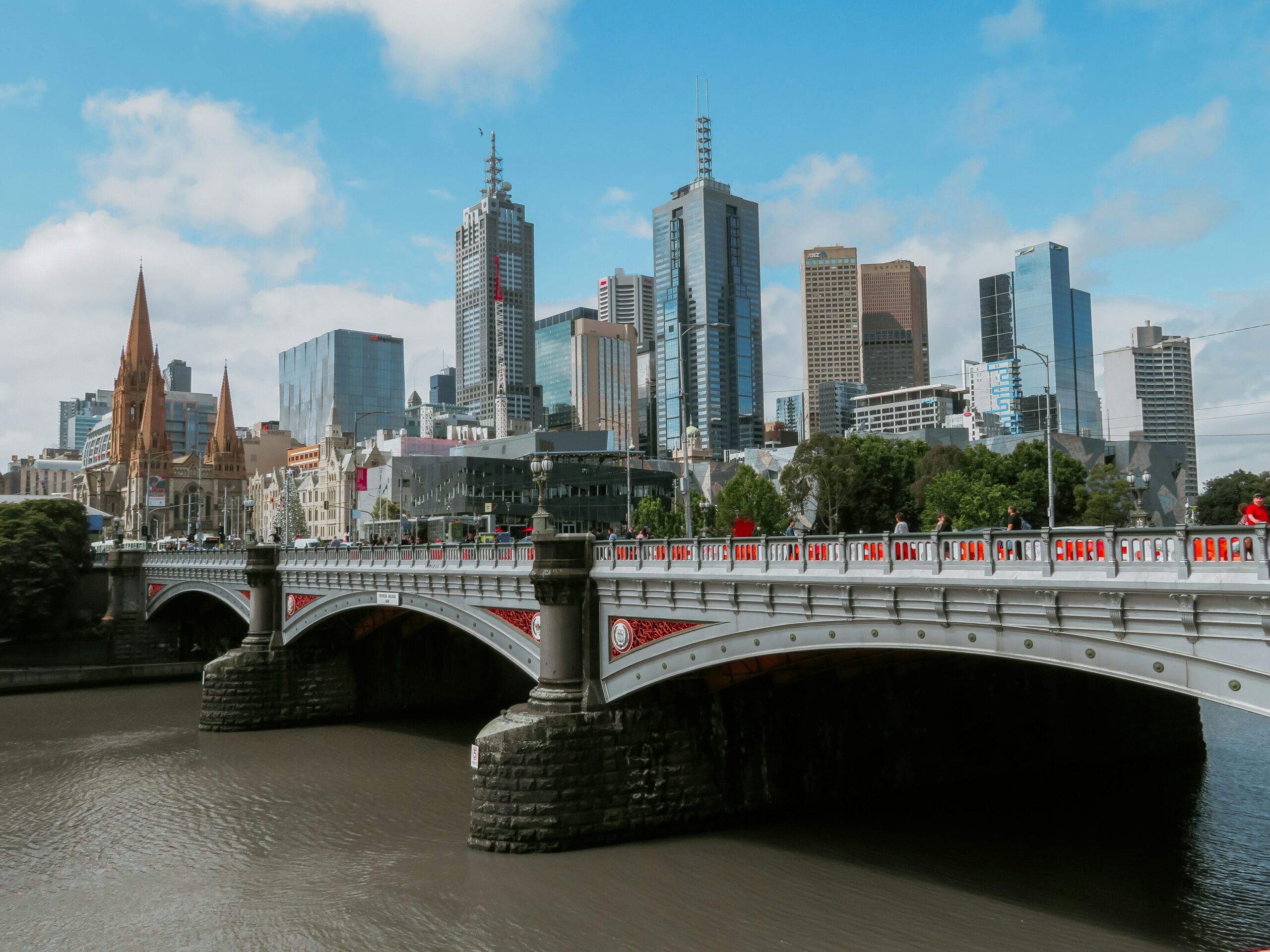
In the realm of governance, the architecture of legislative buildings plays a pivotal role, symbolising the essence of democracy, authority, and the nation’s identity. These monumental structures not only serve as functional spaces for governance but also stand as symbols of national pride, embodying the values and aspirations of the people they represent. Across the globe, legislative landmarks showcase diverse architectural styles, reflecting historical narratives, cultural heritage, and contemporary design trends. In Australia, the architectural marvels of government spaces stand as testaments to the nation’s democratic principles and rich cultural heritage.
The Significance of Government Building Services
Before delving into the architectural wonders of legislative landmarks, it is imperative to highlight the crucial role of government building services. These services encompass a wide array of functionalities essential for the efficient operation and maintenance of government facilities. From engineering and construction to facility management and security, government building services ensure the seamless functioning and preservation of legislative spaces.
Government building services entail:
- Architectural Design and Planning: Architectural design lays the foundation for legislative landmarks, integrating functionality, aesthetics, and cultural significance. Architects collaborate with government officials and stakeholders to conceptualise and design spaces that reflect the values and requirements of the governing body.
- Engineering and Construction: Engineering expertise is vital for the construction of robust and structurally sound legislative buildings. Engineers employ innovative techniques and technologies to ensure the safety, durability, and sustainability of government structures, adhering to strict regulatory standards and environmental considerations.
- Facility Management: Efficient facility management is essential for the smooth operation of legislative spaces. Facility managers oversee maintenance, repairs, and renovations, ensuring that government buildings remain functional, safe, and aesthetically appealing. They also manage logistical aspects such as space allocation, utilities, and security protocols.
- Security and Surveillance: Security services are paramount for safeguarding legislative buildings against potential threats and intrusions. Security personnel implement comprehensive security measures, including surveillance systems, access controls, and emergency response protocols, to protect government officials, employees, and visitors.
- Sustainability and Environmental Management: In an era of increasing environmental awareness, sustainable practices are integral to government building services. From energy-efficient lighting and HVAC systems to green building materials and waste management strategies, sustainability initiatives mitigate environmental impact and promote resource conservation.
Architectural Marvels of Australian Legislative Landmarks
Australia boasts a rich tapestry of architectural landmarks that encompass the nation’s legislative heritage and cultural diversity. From historic structures steeped in tradition to contemporary masterpieces showcasing cutting-edge design, Australian legislative buildings captivate with their grandeur, elegance, and symbolic significance.
- Parliament House, Canberra: As the seat of Australia’s federal parliament, Parliament House in Canberra stands as an iconic symbol of national governance. Designed by architect Romaldo Giurgola, the building’s distinctive triangular shape and imposing facade command attention, while its interior spaces exude a sense of openness and transparency. With its integration of indigenous art and symbolism, Parliament House embodies the values of democracy, inclusivity, and reconciliation.
- Old Parliament House, Canberra: Formerly the seat of the Australian Parliament, Old Parliament House exudes historical charm and architectural grandeur. Designed by John Smith Murdoch, the building’s neoclassical facade and ornate interiors reflect the architectural styles of early 20th-century Australia. Today, Old Parliament House serves as a museum and cultural institution, preserving the legacy of Australian democracy for future generations.
- New South Wales Parliament House, Sydney: Nestled in the heart of Sydney, the New South Wales Parliament House is a testament to colonial heritage and architectural elegance. Designed by James Barnet, the building’s sandstone exterior and grandiose chambers evoke a sense of regality and authority. With its rich history and cultural significance, New South Wales Parliament House remains a focal point of political discourse and governance in the state.
- Queensland Parliament House, Brisbane: Situated on George Street in Brisbane, the Queensland Parliament House exemplifies classical revival architecture and timeless beauty. Designed by Charles Tiffin, the building’s Corinthian columns, arched windows, and majestic dome create a striking silhouette against the city skyline. With its blend of historical charm and modern amenities, Queensland Parliament House serves as a beacon of democracy and legislative innovation in the Sunshine State.
- Western Australia Parliament House, Perth: Perched atop St. George’s Terrace in Perth, the Western Australia Parliament House commands attention with its imposing facade and stately presence. Designed by architects Hillson Beasley and Jeffrey Howlett, the building’s modernist design and geometric motifs reflect the architectural trends of the mid-20th century. As the seat of government in Western Australia, Parliament House embodies the state’s democratic values and commitment to progress.
In conclusion, legislative landmarks serve as architectural masterpieces and symbols of national identity, reflecting the values, heritage, and aspirations of the communities they represent. In Australia, government building services play a vital role in the design, construction, and maintenance of legislative spaces, ensuring their functionality, safety, and sustainability for future generations. Through their architectural marvels, Australian legislative landmarks stand as enduring symbols of democracy, governance, and cultural heritage.
To explore more about government building services, view website here. There, you can discover further insights into the intersection of design, functionality, and symbolism in government infrastructure.